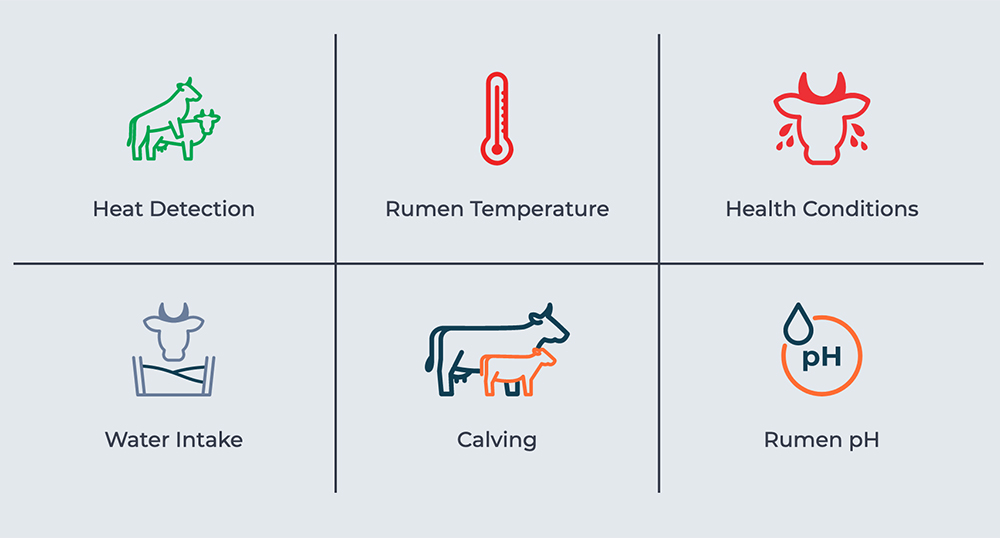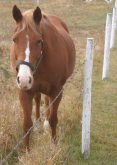Peter Gesler is founder and chief executive officer of the Moonsyst Smart Rumen Monitoring System. In an email interview from the company’s head office and production facilities in Hungary, Gesler responded to our questions.
Q: How many unique frequencies can be employed on one farm? If a rancher has a Moonsyst bolus in each of 500 cows, is their data going to be scrambled and criss-crossed?
A: We use standard LoRaWAN communication, which allows us to use hundreds or even thousands of devices at the same time without interference.
Read Also

Beef check-off collection system aligns across the country
A single and aligned check-off collection system based on where producers live makes the system equal said Chad Ross, Saskatchewan Cattle Association chair.
Q: Consider a grazing scenario in the Alberta foothills, with cows spread over a wide area?
A: The reliable communication distance is up to 500 metres, depending on the environment.
In some cases Gateway has picked up data from 800 metres. The bolus stores five days data if the animal is out of the coverage and that data is immediately uploaded once the cow is closer to Gateway.
Q: What about cows lost on the range?
A: We have no signal locator for finding lost cattle. Our system does not provide GPS or any geolocation data.
Q: What exactly is the Gateway base station and is it a required component?
A: Yes it’s required. Gateway forwards data from the rumen to the cloud-based software app. Gateway is delivered to the farmer with a built in SIM card and it is really a plug and play solution. Electricity is all that’s needed. If electricity is not available then Gateway can be powered with a battery plus solar panel.
Q: When will it be available in Canada and what will the Canadian price be?
A: The system is available in the U.S.A. and Canada. Each Smart Rumen Bolus is $149 and the base station Gateway is $2,379.


















